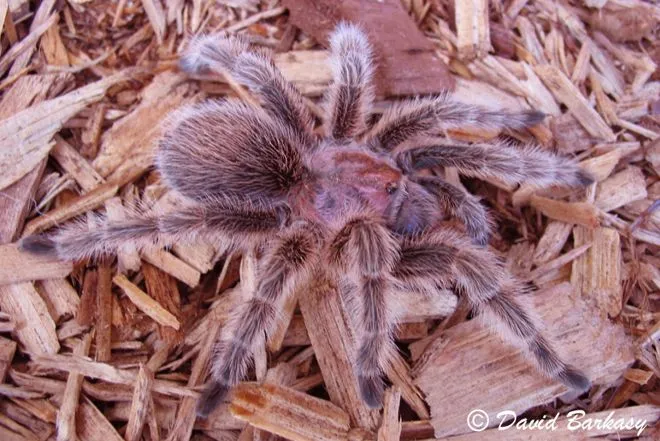The Origins of Rose Hair Tarantulas
Rose Hair Tarantulas, scientifically known as Grammostola rosea, are fascinating creatures that have captivated arachnid enthusiasts worldwide. Understanding their origins provides valuable insights into their needs and behaviors. Their story begins in the diverse landscapes of South America, where they have adapted to thrive in specific environmental conditions. These spiders are not just pets; they are a connection to a unique ecosystem. This guide will explore the key facts about these amazing creatures. From their natural habitat to their intriguing behavioral traits, we will delve into the world of the Rose Hair Tarantula.
Geographic Location and Habitat
The primary origin of Rose Hair Tarantulas is the South American continent. They are native to specific regions, where the climate and environment perfectly suit their survival. The understanding of their natural habitat is crucial for providing proper care in captivity. Replicating these conditions ensures the tarantulas’ well-being and promotes natural behaviors.
South American Origins
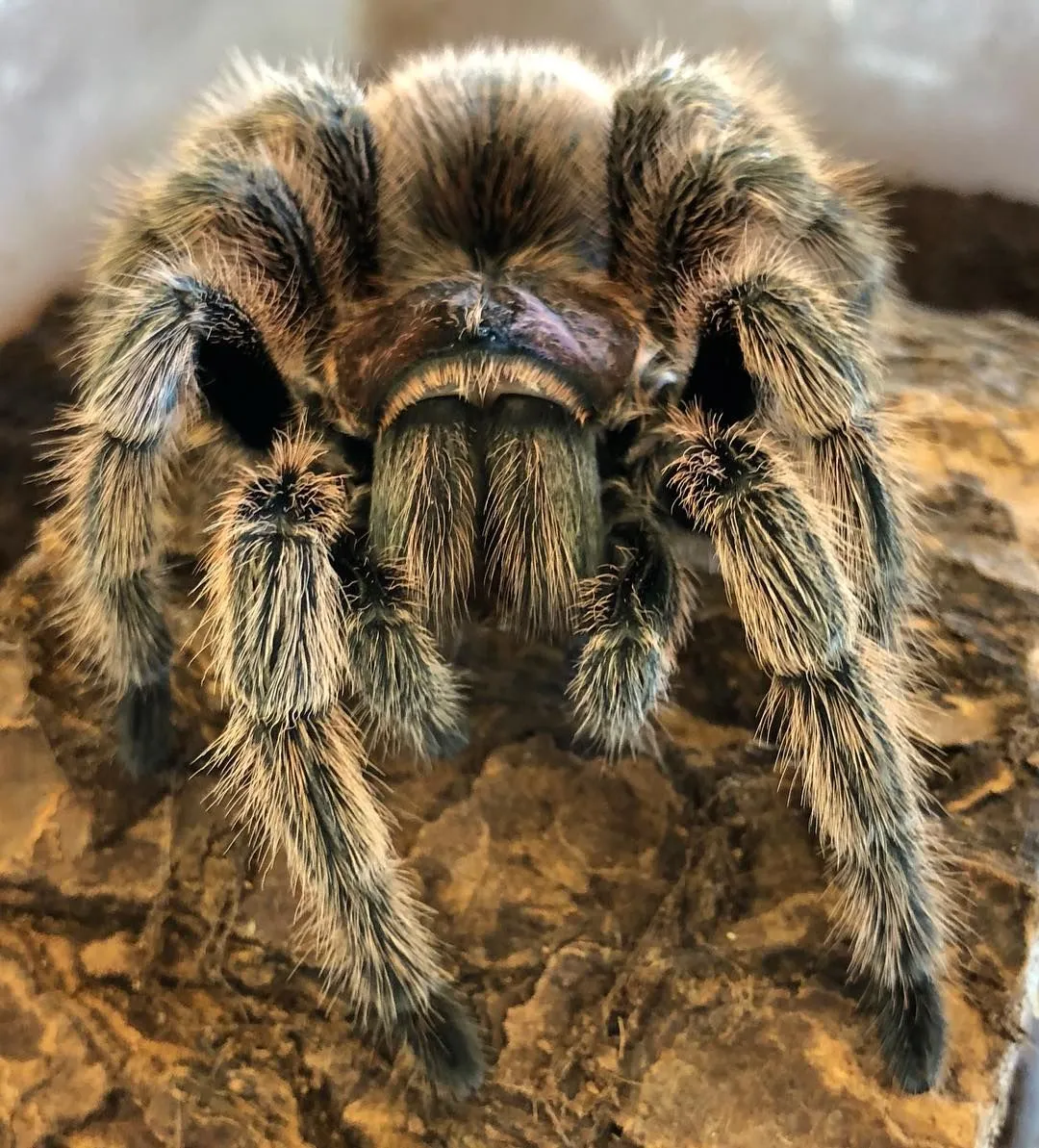
Rose Hair Tarantulas primarily originate from South America. The warm climate and varied terrains of this region offer ideal conditions for these arachnids. The specific locations within South America shape the characteristics and adaptations of the tarantulas. Understanding this origin is essential for any aspiring tarantula owner, as it dictates the necessary environmental setups for their pets. Their ancestors have thrived in these regions for millions of years, evolving to perfectly suit the environment.
Specific Countries and Regions
These tarantulas are particularly found in countries like Chile, Bolivia, and Argentina. Within these countries, they inhabit specific regions characterized by distinct microclimates and ecological niches. The Atacama Desert in Chile, for example, offers a unique environment where these spiders have adapted to survive. In Argentina and Bolivia, they can be found in grasslands and semi-arid areas. This specific geographic distribution underscores the importance of understanding their natural habitats to effectively care for them in a domestic setting. The subtle differences in the habitats between these countries also influence the observed variations in the tarantulas’ appearance and behavior.
Natural Habitat Conditions
The natural habitat conditions of Rose Hair Tarantulas are vital for their health and well-being. Their environment is characterized by specific temperature and humidity levels, which they require to regulate their bodily functions. The terrain and vegetation also play a crucial role in their behavior and survival, providing shelter and hunting grounds. Replicating these conditions in a captive environment is key to ensuring the tarantulas thrive.
Temperature and Humidity
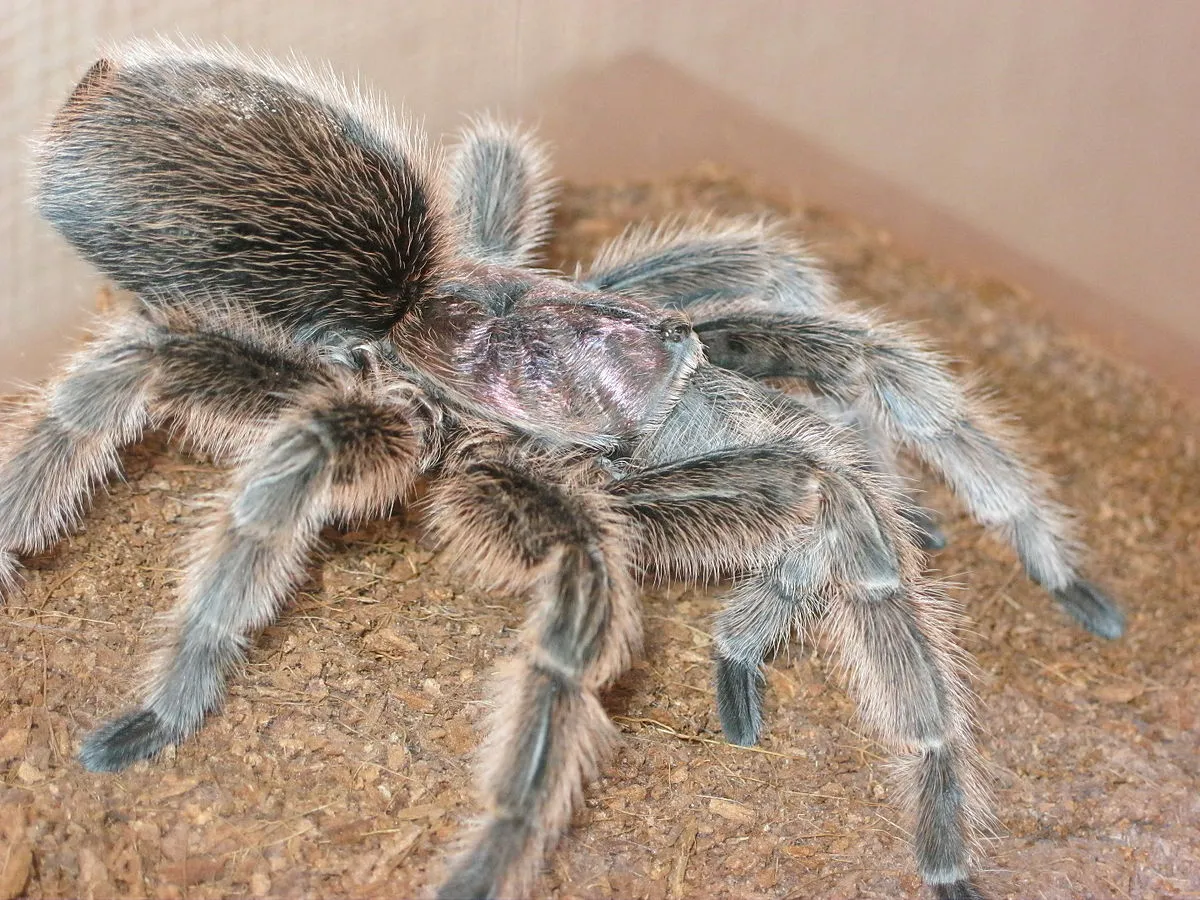
Rose Hair Tarantulas thrive in a temperature range between 75-85°F (24-29°C). The humidity level should be maintained between 60-70%, which is crucial for molting and preventing dehydration. These conditions mimic their natural environment and support their overall health. In captivity, these parameters can be achieved using heating pads, thermometers, hygrometers, and misting systems. Regular monitoring and adjustment of temperature and humidity are essential to prevent any health issues associated with improper environmental conditions. Proper temperature helps regulate the tarantula’s metabolism, while the correct humidity level aids in successful molting.
Terrain and Vegetation
In their natural habitat, Rose Hair Tarantulas are often found in burrows, under rocks, or among sparse vegetation. The terrain is typically arid or semi-arid, providing ample space for burrowing. These tarantulas require a substrate that allows them to dig and create shelters. The vegetation, though sparse, offers cover and aids in maintaining humidity levels. The right substrate and the ability to burrow are critical to the tarantula’s well-being, as they provide a sense of security. Landscaping the enclosure to mirror their natural habitat will allow for a happy and healthy pet, reducing stress and promoting natural behaviors.
Evolutionary Background
The evolutionary background of Rose Hair Tarantulas provides context for understanding their survival strategies and characteristics. Their classification and taxonomy help determine their relationship with other species, while their adaptations reveal how they have evolved to thrive in their environment.
Classification and Taxonomy
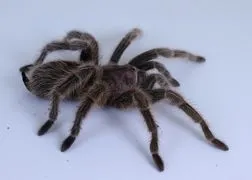
Rose Hair Tarantulas belong to the phylum Arthropoda, class Arachnida, order Araneae, and family Theraphosidae. Their scientific name is Grammostola rosea. Understanding their classification helps in comprehending their biological characteristics and relationships within the arachnid family. This classification helps to understand their place in the evolutionary tree and how they are related to other tarantula species. The scientific name, Grammostola rosea, provides a unique identifier for this species, distinguishing it from other tarantulas.
Family and Species Details
As members of the Theraphosidae family, Rose Hair Tarantulas share traits with other tarantulas, such as large size, hairy bodies, and venomous fangs. Within the Grammostola genus, G. rosea is a distinctive species with its unique characteristics. These details provide insight into their physical attributes and behaviors. Knowing the species’ specific details helps in providing optimal care, which includes suitable housing, feeding, and handling practices. The Rose Hair Tarantula is known for its docile nature and gentle temperament, making it a popular choice for beginner tarantula keepers.
How They Adapted to Their Environment
Rose Hair Tarantulas have adapted to their environments through various mechanisms. They have developed strategies to withstand extreme temperatures, conserve water, and hunt efficiently. Their physical adaptations include a hairy body, which helps regulate temperature and provide sensory information. Their behavior, such as burrowing, offers protection from predators and harsh conditions. These adaptations highlight the resilience and survival instincts of these fascinating creatures. These adaptations make the Rose Hair Tarantula well-suited for the arid conditions of their native habitats, allowing them to thrive in environments that might be unsuitable for other species.
Diet and Hunting Strategies
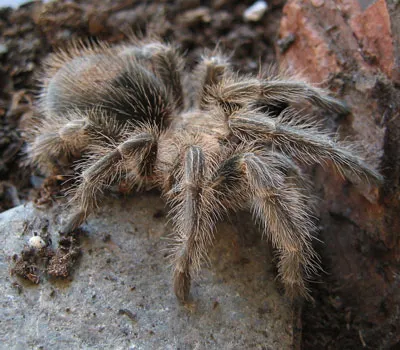
These tarantulas are primarily ambush predators, relying on their camouflage and patience. They hunt insects and small invertebrates, using their venom to immobilize prey. Their diet consists of crickets, mealworms, and other feeder insects. In captivity, a varied diet ensures the tarantula receives essential nutrients. The Rose Hair Tarantula’s hunting strategies are an important part of understanding its natural behavior. They are opportunistic feeders, eating what is available. It is fascinating to observe their hunting behavior, making them an interesting pet to keep. They use their fangs to inject venom, which contains paralyzing agents that help them subdue their prey.
Behavioral Traits and Characteristics
Understanding the behavioral traits and characteristics of Rose Hair Tarantulas is vital for their care. Knowing their typical behaviors in the wild, along with their defensive mechanisms, can aid in handling them safely and providing a stress-free environment.
Typical Behaviors in the Wild
In the wild, Rose Hair Tarantulas are generally docile but can exhibit defensive behaviors when threatened. They are often active during dusk and dawn. They spend a significant amount of time in their burrows, which they construct to protect themselves from predators and the elements. Their behaviors are influenced by environmental factors such as temperature, humidity, and the availability of food. These behaviors are essential to maintaining their health and safety. They can be observed hunting, resting, and interacting with their environment.
Defensive Mechanisms

Rose Hair Tarantulas have several defensive mechanisms to protect themselves. They have urticating hairs on their abdomen that they can flick at perceived threats. When feeling threatened, they may also raise their front legs and display their fangs, as a warning sign. Additionally, they can retreat into their burrows. Understanding these defensive mechanisms can help in safely handling and caring for these tarantulas. Knowing these mechanisms is essential for any keeper to prevent stress for the tarantula and themselves. The urticating hairs, when in contact with skin, can cause irritation.
Lifespan and Reproduction
The lifespan and reproductive cycle of Rose Hair Tarantulas are essential factors in their care. Learning about their life cycle stages and the process of mating and egg laying helps in managing their captive environment. This knowledge ensures a longer, healthier life and allows for the possibility of responsible breeding.
Life Cycle Stages
Rose Hair Tarantulas go through various life cycle stages, from egg to spiderling to adult. Their molting process is critical for growth, involving shedding their exoskeleton to accommodate their increasing size. During molting, the tarantula is vulnerable and needs a safe environment. The time spent in each stage varies depending on factors such as temperature, food availability, and genetics. Understanding the life cycle aids in providing proper care throughout each stage. Monitoring and providing appropriate care are critical for their successful development.
Mating and Egg Laying
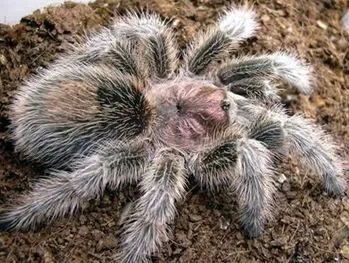
Mating in Rose Hair Tarantulas involves a complex courtship ritual, which often involves the male drumming or tapping. After mating, the female produces an egg sac, which she carefully guards. The eggs hatch, and the spiderlings emerge. The female typically lays several hundred eggs in a silk sac. The process of raising spiderlings is challenging, but a rewarding experience. Observing their reproduction offers a deeper understanding of their natural behaviors. The eggs are carefully protected and incubated within the egg sac. The egg sac is a delicate part of the breeding cycle, where the female tarantula ensures the survival of her offspring.
In conclusion, the origin of the Rose Hair Tarantula sheds light on their specific needs and behaviors. Their South American roots, habitat preferences, and unique adaptations underscore the importance of providing an environment that closely mimics their natural setting. By understanding these five key facts, keepers can create a thriving home for these fascinating creatures, ensuring their health, well-being, and enjoyment. This guide serves as a starting point for any owner wanting to give their Rose Hair Tarantula the best possible life.
